Imagine starting your morning only to find that your toilet won’t flush properly. For most people, that’s a small household disaster. A flushing toilet is one of the most essential fixtures in any modern home, and when it stops working, life can get inconvenient very quickly. Busy individuals don’t have time to pour water from a bucket every time they need to flush.
Most modern toilets use a push-button mechanism instead of the old-fashioned handle lever. The push button controls how much water is released from the cistern, ensuring a quick and efficient flush. However, when this button malfunctions, it disrupts the entire flushing system.
In this article, you’ll learn exactly how to fix a toilet push button that’s not working, why the problem occurs, and what preventive measures you can take to keep your toilet flushing smoothly.
Possible Causes:
- Cable Problems
- Button Misalignment
- Overextended or Short Float
- Cistern Lid Interference
- Button Spring Issues
- Dual Flush Mechanism Issues
- Damaged or Worn-Out Buttons
- Blocked or Damaged Air Tube
- Broken or Misaligned Linkage
- Damaged or Worn-Out Valve
- Build-Up of Mineral Deposits
- Insufficient Water in the Cistern
How a Toilet Push Button Works
Before you start fixing anything, it’s important to understand how the toilet push button mechanism operates. A push-button toilet usually has two buttons: one for a half flush and another for a full flush.
- Half Flush: Designed to release less water—ideal for liquid waste.
- Full Flush: Releases more water—best for solid waste.
When you press a button, a cable or pneumatic system lifts the flush valve inside the cistern. This opens the path for water to flow into the bowl, flushing away waste. Once the valve closes, the cistern refills automatically.
This system is environmentally friendly because it saves water and reduces waste. But if any part of this mechanism—like the button, valve, or cable—gets damaged or misaligned, the toilet may not flush at all or may flush weakly.
Common Causes of Toilet Push Button Problems
There are several reasons why your toilet push button might stop working or cause poor flushing performance. Identifying the cause is the first step to fixing it correctly.
1. Button Misalignment
Over time, the button can shift slightly out of position due to frequent use or a loose mounting. When this happens, pressing the button doesn’t activate the flush mechanism properly.
2. Cable Problems
The flush button is connected to the valve via a cable or rod. If this cable breaks, detaches, or becomes stretched, pressing the button won’t lift the valve correctly.
3. Cistern Lid Interference
Sometimes, the cistern lid is not aligned properly after cleaning or inspection. The lid may press against the button or block its movement, preventing the flush.
4. Faulty or Weak Button Spring
The spring mechanism under the button helps it pop back after pressing. A weak or broken spring can make the button jam or fail to work.
5. Dual Flush Mechanism Issues
If one of the dual flush buttons is stuck or damaged, it may interfere with the other. Dirt or mineral buildup can also jam the mechanism.
6. Blocked or Damaged Air Tube
In pneumatic flush systems, air pressure activates the valve. If the air tube is blocked, the flush won’t engage properly.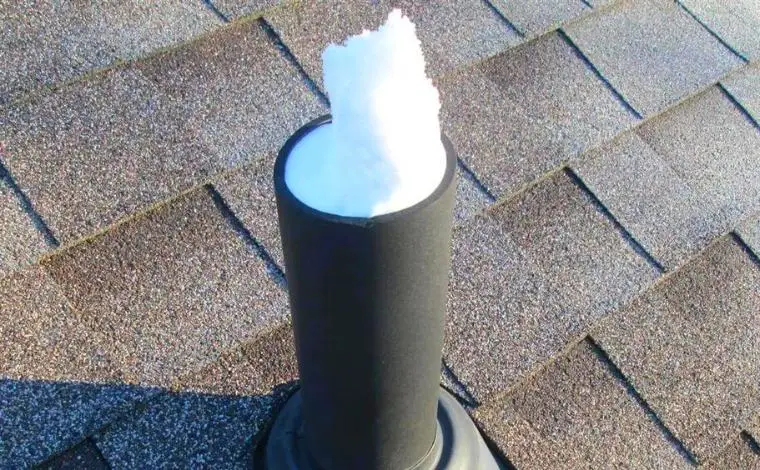
7. Mineral Deposit Build-Up
Hard water can leave mineral deposits around the valve or buttons. This buildup interferes with smooth operation.
8. Insufficient Water in the Cistern
If the water level in the tank is too low, there won’t be enough pressure for a complete flush. The float valve might need adjustment.
9. Damaged Flush Valve
A worn-out or broken flush valve can prevent proper sealing, leading to weak or incomplete flushing.
Step-by-Step Guide to Fixing a Toilet Push Button
Once you’ve identified the likely cause, follow these easy steps to fix the toilet flush button.
Step 1: Turn Off the Water Supply
Before doing any repair, turn off the water valve near the toilet. This prevents overflow or leaks during the repair process.
Step 2: Remove the Cistern Lid
Carefully lift the cistern lid. Most push buttons are attached to the lid, so unscrew the button assembly gently before removing the top. Set the lid aside in a safe place.
Step 3: Check Inside the Cistern
Look inside the tank to inspect the mechanism. You’ll see the flush valve, refill tube, and float system. Press the button manually to observe which part isn’t moving properly—this will help identify the issue.
Step 4: Inspect the Button and Cable
Check if the cable is properly connected and moves freely. If it’s broken or detached, replace it with a compatible new one. You can find replacements at any hardware store or online.
Step 5: Clean the Mechanism
Dirt and mineral deposits often cause stiffness in the moving parts. Use white vinegar or a mild cleaning agent to remove build-up around the flush valve and button.
Step 6: Replace the Flush Button (If Needed)
If the button itself is faulty, unscrew it from the cistern lid. Install a new one by tightening it securely but gently. Make sure it aligns properly with the valve mechanism when pressed.
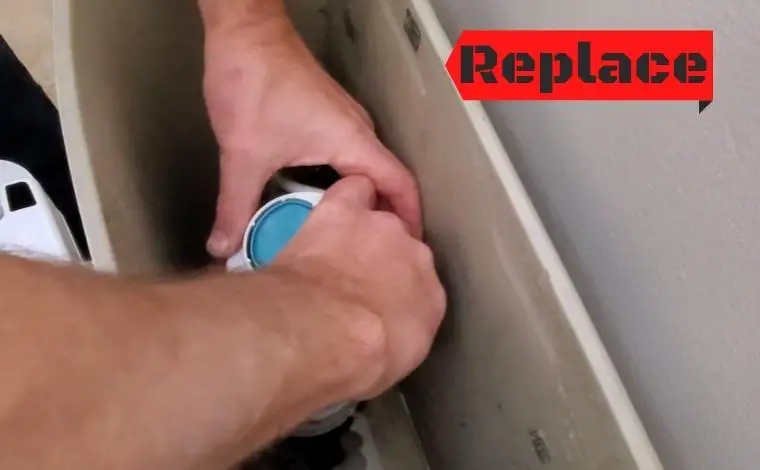
Step 7: Reassemble and Test
Reattach the cistern lid and turn the water back on. Let the tank refill, then press the flush button. If the flush works smoothly, you’ve solved the problem. If not, move on to checking the water level or valve.
Troubleshooting Specific Toilet Push Button Issues
Sometimes, even after replacing or cleaning the flush button, the problem persists. Here are a few specific troubleshooting techniques for common issues:
1. The Flush Button Is Hard to Press
This often happens when the button mechanism is misaligned or the spring is jammed. Loosen the button assembly slightly and realign it with the flush valve. Cleaning the area can also help.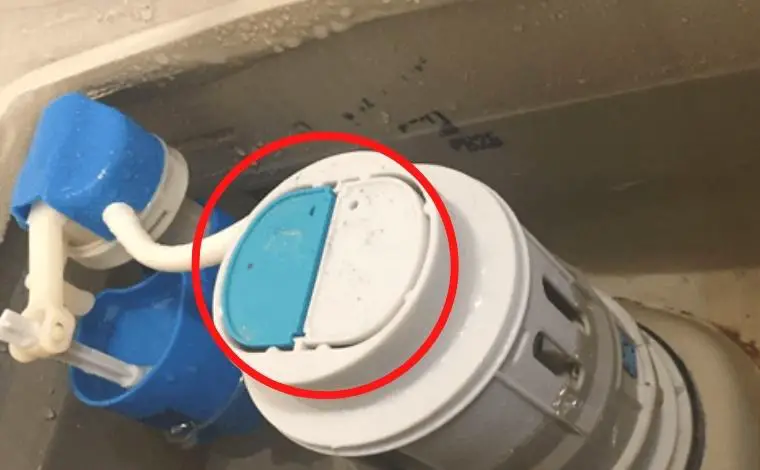
2. The Flush Doesn’t Release Enough Water
Check the float arm inside the cistern. If it’s set too low, the water level won’t rise enough for a full flush. Adjust the float slightly upward until you reach the correct fill line.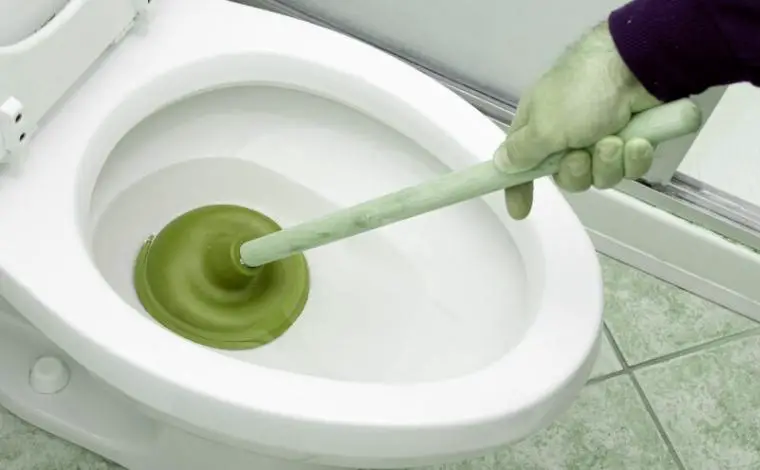
3. The Toilet Keeps Running After Flushing
If your toilet keeps releasing water into the bowl after flushing, the flush valve seal might be damaged. Replace the seal or the entire valve to fix continuous running.
4. The Flush Button Doesn’t Pop Back
A weak spring or a jammed button housing is usually the cause. Replacing the button spring can solve this issue instantly.
5. Weak Flush Even with Full Tank
A weak flush despite a full tank could indicate partial clogging in the toilet trap or drain pipe. Use a plunger or plumbing snake to clear the obstruction.
6. Dual Flush Not Working Properly
When one side of the dual flush fails, it could be a mechanical jam or dirt buildup in the smaller flush valve. Clean both buttons and their housing area thoroughly.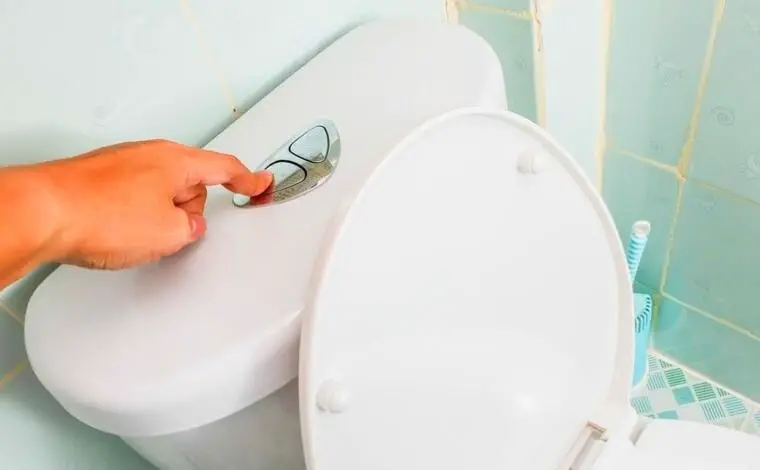
Preventive Tips and Final Thoughts
Preventive Maintenance Tips
To avoid future push-button flushing issues, follow these maintenance habits:
-
Clean your toilet cistern once a month to prevent mineral buildup.
-
Avoid pressing the button too hard—gentle pressure is enough.
-
Educate children not to play with or repeatedly press the button.
-
Check for leaks or running water regularly—these indicate a failing valve or seal.
-
Use filtered or softened water if possible to reduce limescale accumulation.
-
Replace old parts (like buttons, seals, or valves) every few years to keep performance optimal.
When to Call a Plumber
While most push-button toilet problems are easy to fix at home, some issues—like a broken valve assembly, internal leakage, or hidden blockage—require professional expertise. If you’ve replaced the button and cleaned the tank but the problem persists, it’s time to call a licensed plumber.
Conclusion
A toilet push button may seem like a small component, but it plays a big role in your bathroom’s functionality. When it stops working, it disrupts your daily routine. Luckily, fixing it is often simple and inexpensive if you follow the right steps.
By understanding how the system works, identifying the cause of the problem, and using the step-by-step guide above, you can easily fix a toilet push button and restore efficient flushing. Regular maintenance and mindful use will keep your toilet system running smoothly for years to come.
Hi, this is Robert Crossan, the owner of this website, has 17 years of experience in the installation, maintenance, and repair of toilets and plumbing systems. After completing the Level 2 Basic Plumbing course in 2005, I started working in both domestic and commercial buildings as a professional plumber. So I can figure out the core difference between different toilet models and brands. It also helped me monitor their work performance and setbacks.